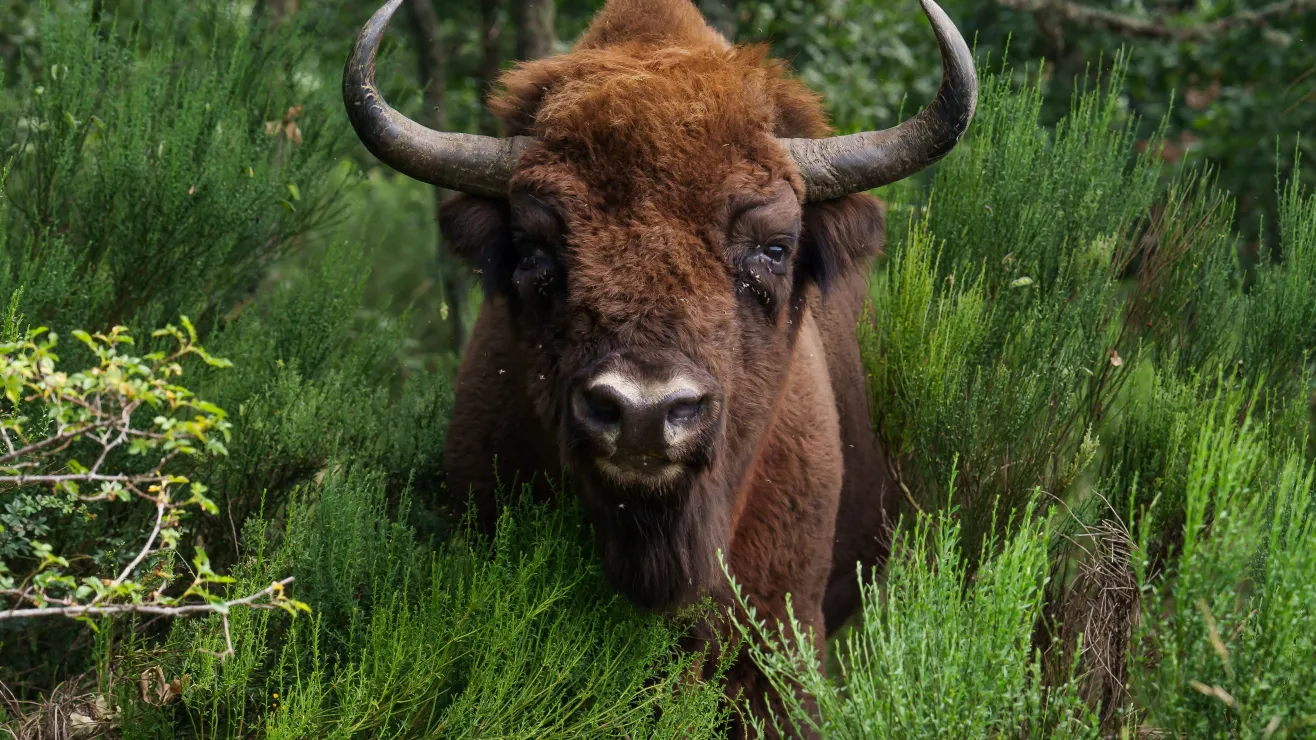Russia (Washington Insider Magazine) – Russian scientists have embarked on an ambitious effort to restore the ancient arctic ecosystem by introducing bison to the region.
The project aims to recreate a balanced natural habitat similar to that maintained by woolly mammoths in the past, while also addressing the pressing issue of climate change.
Twelve bison were transported 5,000 miles from a nursery in Denmark to the Ingilor Nature Park in the northern Yamal-Nenets Autonomous Area.
The trip took three weeks, and the bison are currently in a month-long quarantine to ensure their health before beginning to explore the 2.2 million acres of available land.
The idea to introduce bison to the region came about through a collaborative effort between the Pleistocene Park and the Yamal-Nenets Autonomous Area Department of Natural Resources and Environment. The Pleistocene Park proposed an exchange, suggesting that the Ingilor Nature Park send muskoxen to Yakutia and obtain plains bison in return.
“Buffaloes easily adapt to the Arctic because, historically, it is their natural habitat and they can take on the role of mammoths, which became extinct 11,000 years ago,” the Yamal-Nenets Autonomous Area Department of Natural Resources and Environment said in a press release.
Reconstruction for a sustainable future
The concept of rebuilding the Arctic with species that once inhabited the area during the last ice age or those capable of surviving under current conditions forms the core of this innovative project.
Nikita Zimov, director of the Pleistocene Park restoration project, is leading the effort to reintroduce large herbivores such as bison and musk ox to the region. The presence of these animals is expected to help restore lost ecosystems and contribute to mitigating climate change.
“The proximity of the plains bison and musk buffalo habitats is expected to attract more tourists to this natural protected area in the Arctic and will also help bring to life the idea of creating an interactive site for people to get acquainted. and observe animals that lived in the late Pleistocene epoch,” states the Yamal Government website.
Bison: Balancing Conservation with Environmental Concerns
While the introduction of the bison promises ecological restoration, some experts express concern about potential unintended consequences.
Mary Edwards, a renowned emeritus professor of physical geography, stressed to IFL Science that disrupting the landscape with large fauna could affect permafrost and carbon storage. The concern is that the presence of these animals could contribute to the thawing of the permafrost, releasing stored carbon into the atmosphere.
Despite these concerns, proponents of the project, including Edwards, acknowledge the potential benefits and acknowledge the complex nature of the interaction between large animals and the Arctic environment.
This article is originally published on eldiariony.com


























